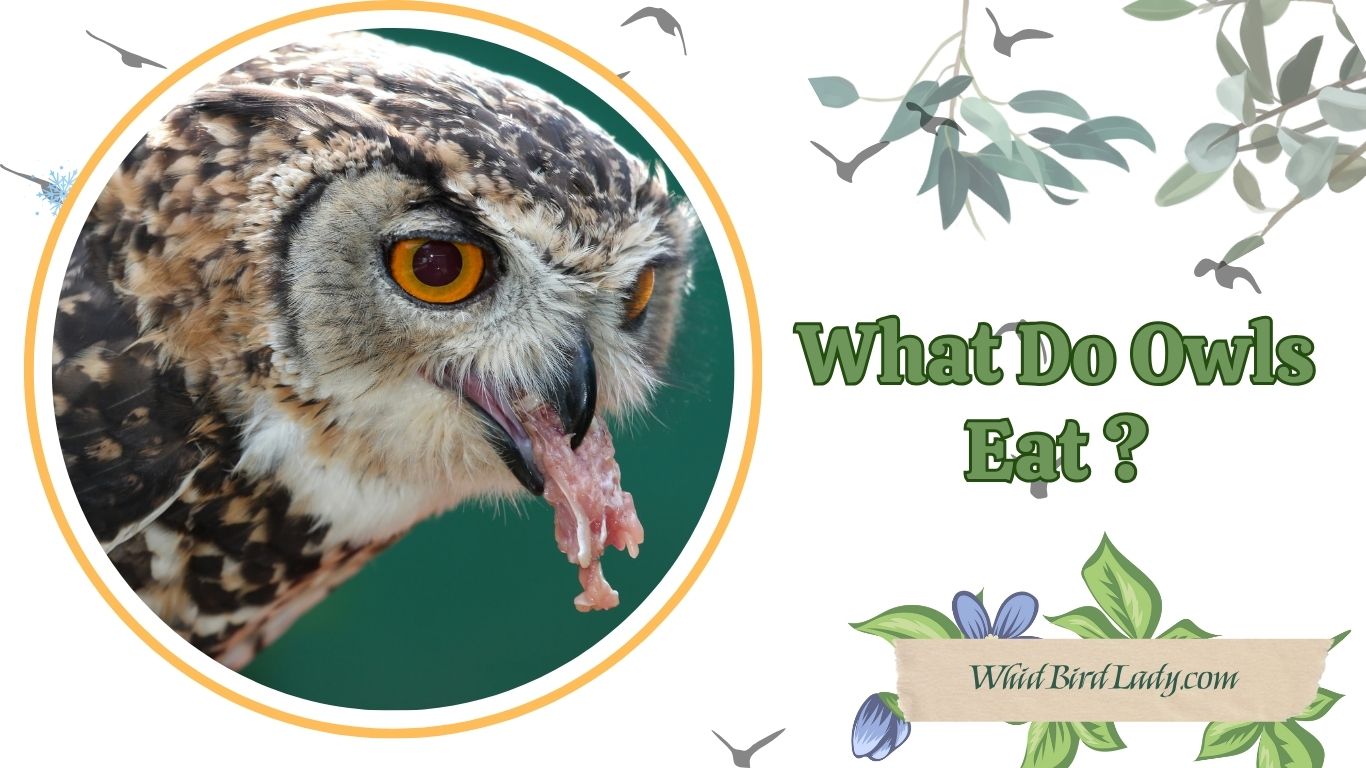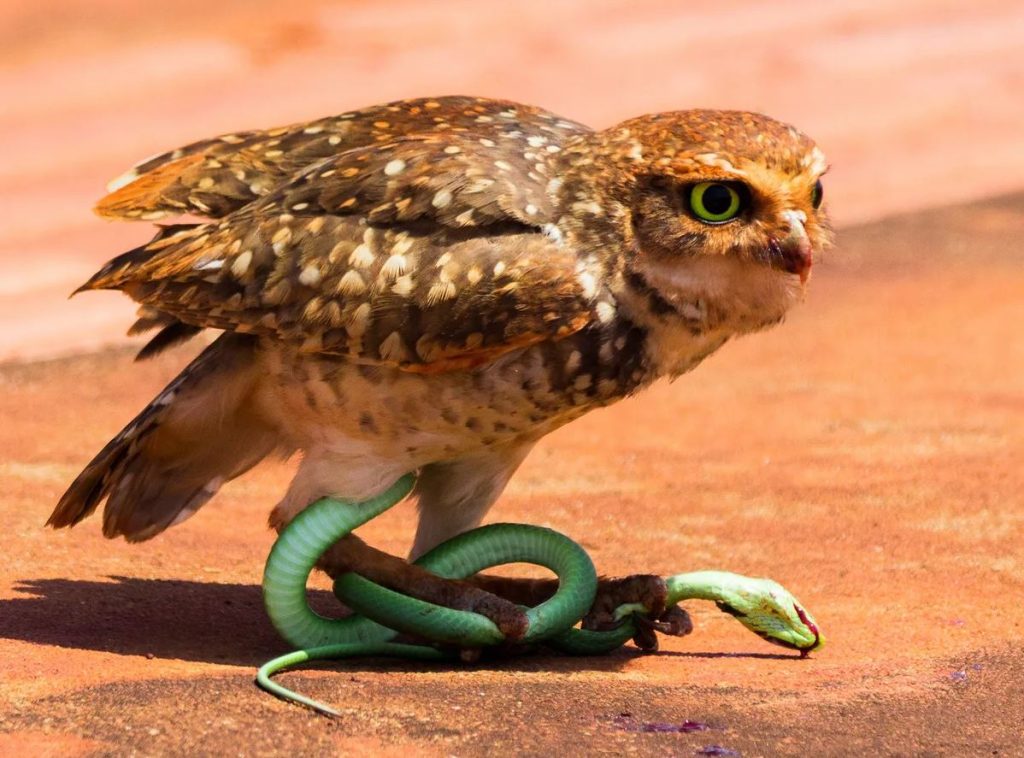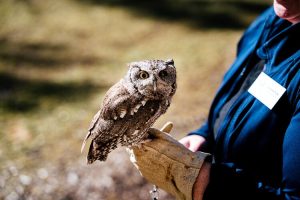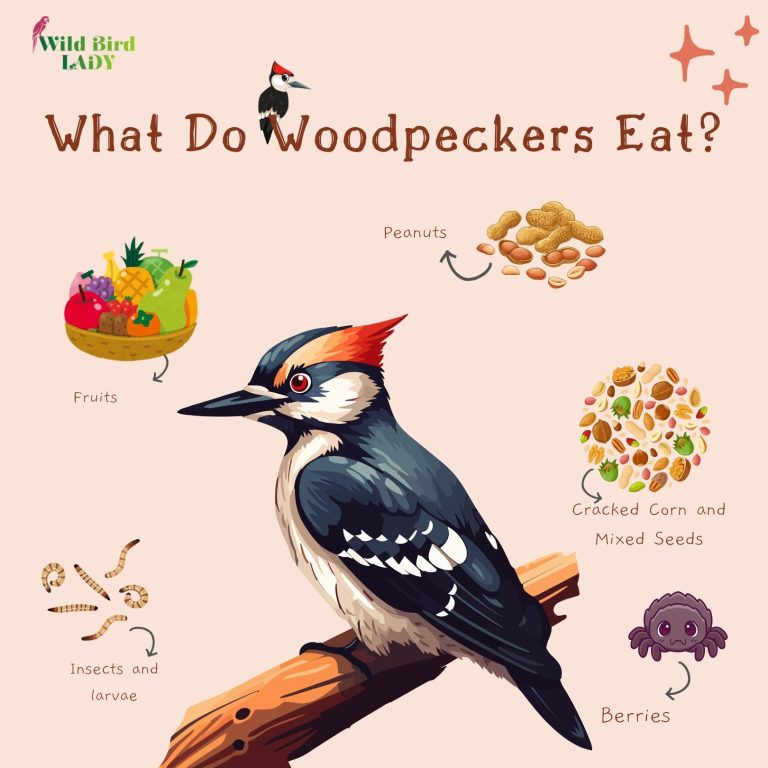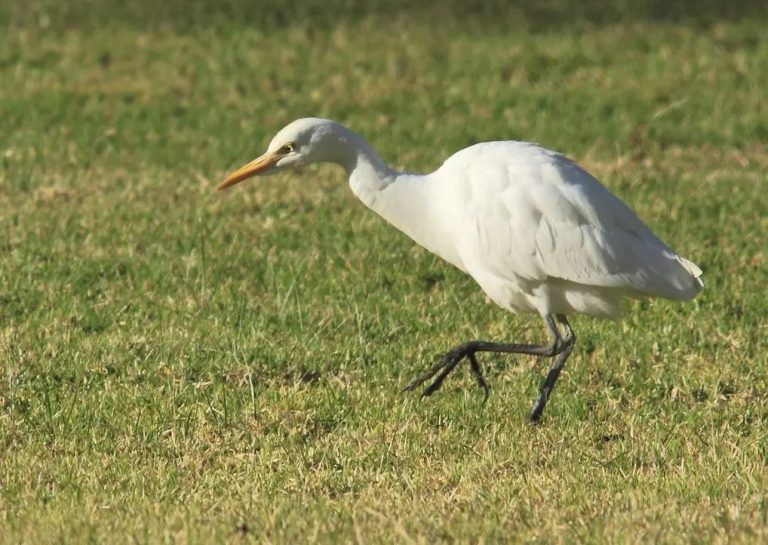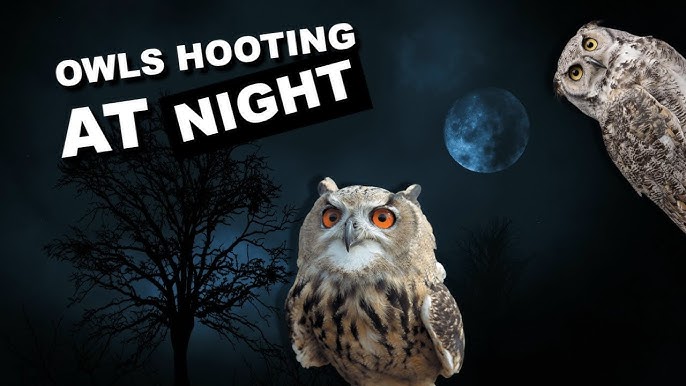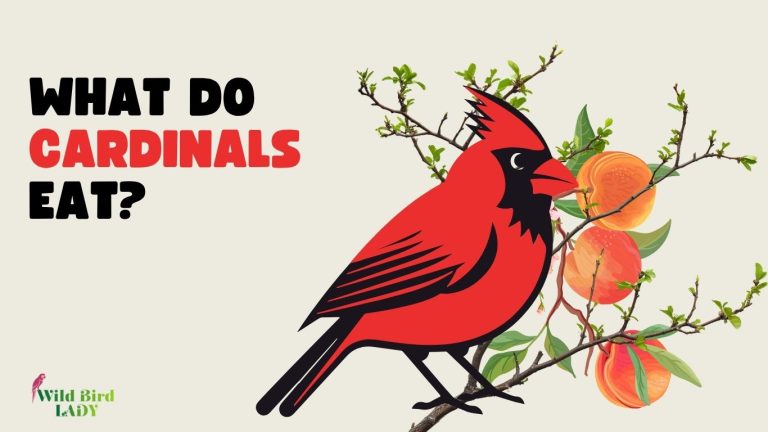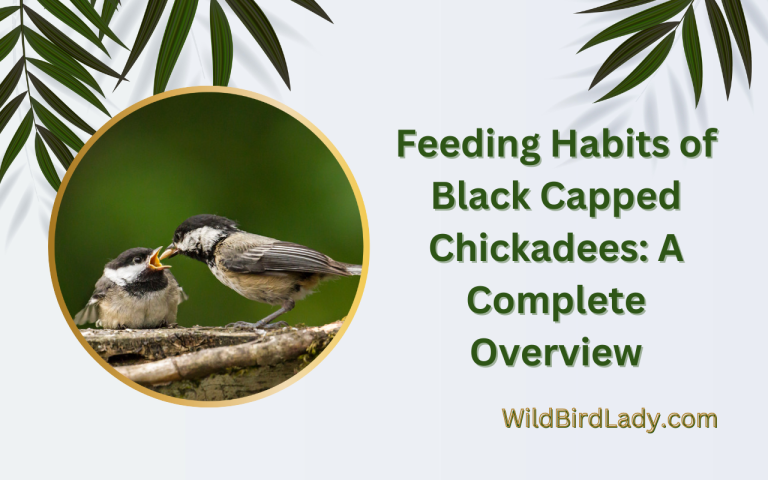What Do Owls Eat? The Secret Menu of Nature’s Stealthiest Birds
By Rifat Ahmed, Birdwatching Enthusiast with 13 Years of Experience
Owls have always fascinated me. With their haunting calls, silent flight, and forward-facing eyes, they seem like something out of a fantasy novel. But one of the most intriguing aspects of these nocturnal hunters is their diet. Over my 13 years of birdwatching, I’ve had countless encounters with owls—some perched silently on a tree branch at dusk, others swooping in for prey with incredible precision. And each time, I’m reminded of how unique and specialized the owl’s food preferences are.
So, what do owls eat? Let’s take a deep dive into the mysterious and surprising world of owl diets, from small rodents to unexpected prey.
Introduction to the Owl Diet
Owls are carnivorous birds of prey, meaning their diet is composed almost entirely of meat. Unlike many other birds that consume seeds, fruits, or nectar, owls rely on their sharp talons and beaks to catch and consume live prey.
According to the Cornell Lab of Ornithology’s All About Birds, owls are highly efficient predators with keen eyesight and hearing that allow them to detect prey even in total darkness.
“Owls are among the most specialized avian hunters,” notes All About Birds. “Their hearing is so finely tuned that they can catch rodents beneath a blanket of snow.”
What Do Owls Eat in the Wild?
The General Owl Diet Includes:
- Rodents (mice, rats, voles)
- Small mammals (squirrels, rabbits, moles)
- Birds (songbirds, pigeons, even small ducks)
- Reptiles and amphibians (lizards, frogs, snakes)
- Insects (beetles, crickets, moths)
- Fish (especially in species like the Fishing Owl)
- Bats (yes, some owls catch them mid-air!)
The variety in the owl’s diet depends on habitat, species, and prey availability. But the unifying theme? All owl food is meat-based.
The Owl’s Role as a Predator
Owls sit atop the food chain in many ecosystems. Their ability to control rodent populations is especially crucial in agricultural and forested areas. A single Barn Owl (Tyto alba) family, for instance, can consume thousands of rodents in a single breeding season.
This makes them not only majestic but also ecologically important.
Owl Diet by Species
Different owl species have distinct feeding preferences. Let’s look at some examples:
Barn Owl (Tyto alba)
- Primary Food: Mice, voles, shrews
- Occasionally: Small birds, frogs
- Special Note: Often hunts over fields and farmlands
Great Horned Owl (Bubo virginianus)
- One of the most powerful North American owls
- Diet Includes: Skunks, rabbits, raccoons, crows, snakes
- Apex Predator: Known to prey on other birds of prey
Eastern Screech-Owl (Megascops asio)
- Small in size, but mighty hunters
- Food: Large insects, small birds, frogs, lizards
Snowy Owl (Bubo scandiacus)
- Found in the Arctic tundra
- Main Food: Lemmings
- Seasonal Migrants: In winter, they eat birds, fish, and small mammals
Barred Owl (Strix varia)
- Forest dweller
- Eats: Frogs, fish, birds, voles, insects
Each owl adapts its food intake to its environment. For instance, Burrowing Owls (Athene cunicularia) consume more insects due to their desert and prairie habitat.
What Do Baby Owls Eat?
Owlets, or baby owls, are entirely dependent on their parents for food. They are fed regurgitated meat in the early days and whole prey as they grow.
Typical baby owl food includes:
- Small rodents (mice and voles)
- Pieces of insects
- Bits of birds or amphibians
Owlet feeding can be intense—parents may hunt all night to feed their growing chicks. I once watched a pair of Barred Owls bring back a dozen small frogs to a single nest in one evening!
Hunting Tactics: How Owls Catch Their Prey
Owls are silent hunters. Their wing feathers are specially adapted for stealth flight, allowing them to swoop in without a sound. Their forward-facing eyes give them excellent depth perception, while their facial disks funnel sound directly to their ears.
Some owls, like the Barn Owl, can hunt almost exclusively by sound, even detecting prey beneath snow or leaves.
And then there’s the strike: in one swift move, they use their powerful talons to crush or kill the prey instantly.
Seasonal and Regional Diet Changes
Owls are opportunistic predators, and their diet isn’t set in stone. Just like many wild animals, owls tailor their food choices to the seasons and local ecosystem. This adaptability plays a big role in their survival—especially in habitats where food availability fluctuates dramatically throughout the year.
Spring and Summer: A Buffet of Insects and Amphibians
During the warmer months, many owl species take advantage of the abundance of insects, amphibians, and young animals. Earth comes alive with frogs croaking, beetles buzzing, and young rodents venturing out of nests. These are easy meals for owls, particularly smaller species like the Eastern Screech-Owl or Burrowing Owl, which rely heavily on large insects such as moths, grasshoppers, and beetles.
Frogs and small lizards are also more active in spring and summer, making them vulnerable to owl predation. It’s also during this time that many owls are feeding their young, so protein-rich prey is especially important.
Fall and Winter: Rodents Take Center Stage
As temperatures drop, cold-blooded creatures like frogs and reptiles disappear, and insects become scarce. Owls must shift to what’s still available—and that usually means rodents.
Mice, voles, rats, and even small rabbits become the primary staple for many owl species during the colder months. These mammals remain active year-round and are often found beneath snow or leaf litter. Owls like the Barn Owl or Great Gray Owl are expert listeners, capable of hearing the faint rustling of a vole under a thick layer of snow.
In some cases, overwintering small birds, such as sparrows or juncos, may also become part of an owl’s winter diet. For larger owls like the Great Horned Owl, this can even include ducks or other waterfowl resting in unfrozen ponds.
Tropical Regions: A Diverse and Exotic Menu
Owls living in tropical or subtropical climates enjoy a more stable food supply year-round, but that doesn’t mean their diet is boring. In rainforests, savannas, and jungles, owls often feed on:
- Fruit bats and small flying mammals
- Large insects like cicadas and katydids
- Reptiles, including small snakes and tree lizards
- Occasionally, even crustaceans or fish, depending on the species
For instance, the Asian Fish Owl and Pel’s Fishing Owl from Africa are known to snatch fish from rivers and lakes. Meanwhile, tropical screech-owls may pluck tree frogs and giant insects right off branches.
Arctic Owls and the Lemming Cycle
Nowhere is seasonal change more dramatic than in the Arctic, where the iconic Snowy Owl reigns. Snowy Owls depend heavily on lemmings, small rodents that go through boom-and-bust population cycles. During peak years, a Snowy Owl pair might raise 6–10 chicks, feeding them almost exclusively lemmings.
But when lemming numbers crash, Snowy Owls are forced to migrate southward, sometimes appearing as far as the northern United States. There, they adapt their diet to include waterbirds, rabbits, and rodents available in open fields and coastlines.
Why Diet Flexibility Matters
This ability to adjust their menu based on climate and geography makes owls incredibly resilient. Whether it’s a desert owl switching from beetles to rodents during a dry spell, or a temperate species changing its hunting times based on prey movement, owls are masters of survival.
From summer insects to winter rodents, from frogs in rainforests to lemmings in the tundra, the regional and seasonal flexibility of the owl diet is a testament to how finely tuned these birds are to their environment.
Pellet Casting: Nature’s Dietary Record
One of the most fascinating aspects of owl biology is their habit of casting pellets. After digesting the soft tissues of their prey, owls regurgitate the indigestible parts—bones, fur, feathers—as a compact pellet.
For scientists and birders like me, these pellets are invaluable. By dissecting them, we can determine exactly what an owl has eaten.
All About Birds highlights: “Pellet analysis is one of the most effective non-invasive ways to study owl diets and monitor ecosystem health.”
What Do Owls Eat in Captivity?
Owls in captivity—whether in wildlife rehabilitation centers, bird sanctuaries, or accredited zoos—require a carefully managed diet to ensure their health and survival. Unlike their wild counterparts, captive owls don’t have the ability to hunt, so it’s crucial that caregivers provide a diet that mimics what they would naturally consume in the wild.
Typical Captive Owl Foods Include:
- Pre-killed mice or rats: These form the foundation of most captive owl diets. They’re a good source of protein, calcium (from bones), and other essential nutrients. The animals are usually frozen and thawed before feeding to ensure safety and freshness.
- Day-old chicks: Commonly used in raptor rehabilitation. These are unhatched poultry chicks that offer high protein and fat content—ideal for large species like the Great Horned Owl or Snowy Owl.
- Small quail or rabbits (for larger owls): In some cases, zoos may use a varied prey model to closely replicate wild prey diversity.
- Insects: For smaller owls like the Eastern Screech-Owl or Burrowing Owl, mealworms, crickets, and other feeder insects are included to provide dietary balance and stimulate natural foraging behavior.
Supplements and Nutritional Balancing
Even when feeding whole prey, captive owls may require vitamin or mineral supplements, especially if:
- The prey is nutritionally incomplete (e.g., lacking feathers, fur, or bones)
- The owl is recovering from illness or injury
- The diet is not varied enough
Calcium and vitamin D3 are often supplemented to prevent metabolic bone disease, particularly in owlets or long-term captive birds. Caregivers must also monitor hydration, as some owls may require access to clean drinking water if prey moisture isn’t sufficient.
What Not to Feed Owls
Owls are obligate carnivores and cannot digest plant-based food or processed meat. Inappropriate foods can lead to severe malnutrition, liver damage, or death.
Never feed owls:
- Ground meat (e.g., beef, chicken) without bones or organs
- Cooked meat or leftovers
- Pet food (dog or cat kibble)
- Dairy, bread, or fruits
These lack the calcium, roughage (bones/fur), and nutrient density of whole prey—and can cause fatal deficiencies over time.
Rehabilitation vs. Long-Term Captivity
There’s a difference between feeding owls temporarily during rehabilitation and feeding them long-term in permanent care settings:
- In rehabilitation, the goal is to build strength and return the owl to the wild. Prey items are chosen to mimic natural hunting conditions, and caretakers avoid human imprinting.
- In sanctuaries or zoos, enrichment is key. Food may be hidden or presented in a way that encourages natural hunting behavior. This prevents boredom and supports mental health.
If You Ever Find an Injured Owl…
Do not attempt to feed it yourself. Improper feeding can cause choking, aspiration, or digestive distress. Instead:
- Contact a licensed wildlife rehabilitator or avian vet
- Keep the owl in a quiet, dark box with ventilation
- Avoid offering water or food unless advised by an expert
Even well-intentioned efforts can do more harm than good.
How You Can Help Owls Find Food
As habitat loss and pesticides reduce natural prey populations, it’s crucial to support local owls:
1. Avoid Using Rodenticides
Poisons used to kill rats and mice often end up killing owls too—indirectly through their food chain.
2. Install Nest Boxes
For species like the Barn Owl, nest boxes provide essential roosting and hunting bases, especially in open farmland.
3. Support Native Landscapes
A diverse habitat with native plants supports healthy prey populations (insects, rodents, amphibians).
4. Educate and Advocate
Support conservation groups like the Owl Research Institute and The Cornell Lab of Ornithology, who actively work to protect owl species worldwide.
Final Thoughts
Owls aren’t just mysterious—they’re master predators with an intricate and specialized diet. From tiny insects to full-grown mammals, owls consume a diverse menu that reflects their adaptability and stealth.
Over my years of birdwatching, watching owls hunt has been one of the most awe-inspiring experiences. And now that you know what owls eat, perhaps you’ll view these incredible birds with even more admiration and respect.
Whether in the wild or your own backyard, owls remain one of nature’s most fascinating creatures—silent, watchful, and always hungry.
FAQs
Q: Do all owls eat the same thing?
No. Owl diets vary significantly by species and location. Some eat mostly rodents, while others eat insects, reptiles, or even fish.
Q: Can owls eat snakes?
Yes, especially larger owls like the Great Horned Owl and Barred Owl have been documented eating snakes.
Q: Are owls carnivores?
Yes. Owls are obligate carnivores—they only eat meat.
Q: Do owls drink water?
While owls get most of their moisture from their prey, they do occasionally drink water when available.
Q: Can I feed wild owls in my yard?
It’s not recommended. Instead, make your yard owl-friendly by providing safe habitat and avoiding rodenticides.

